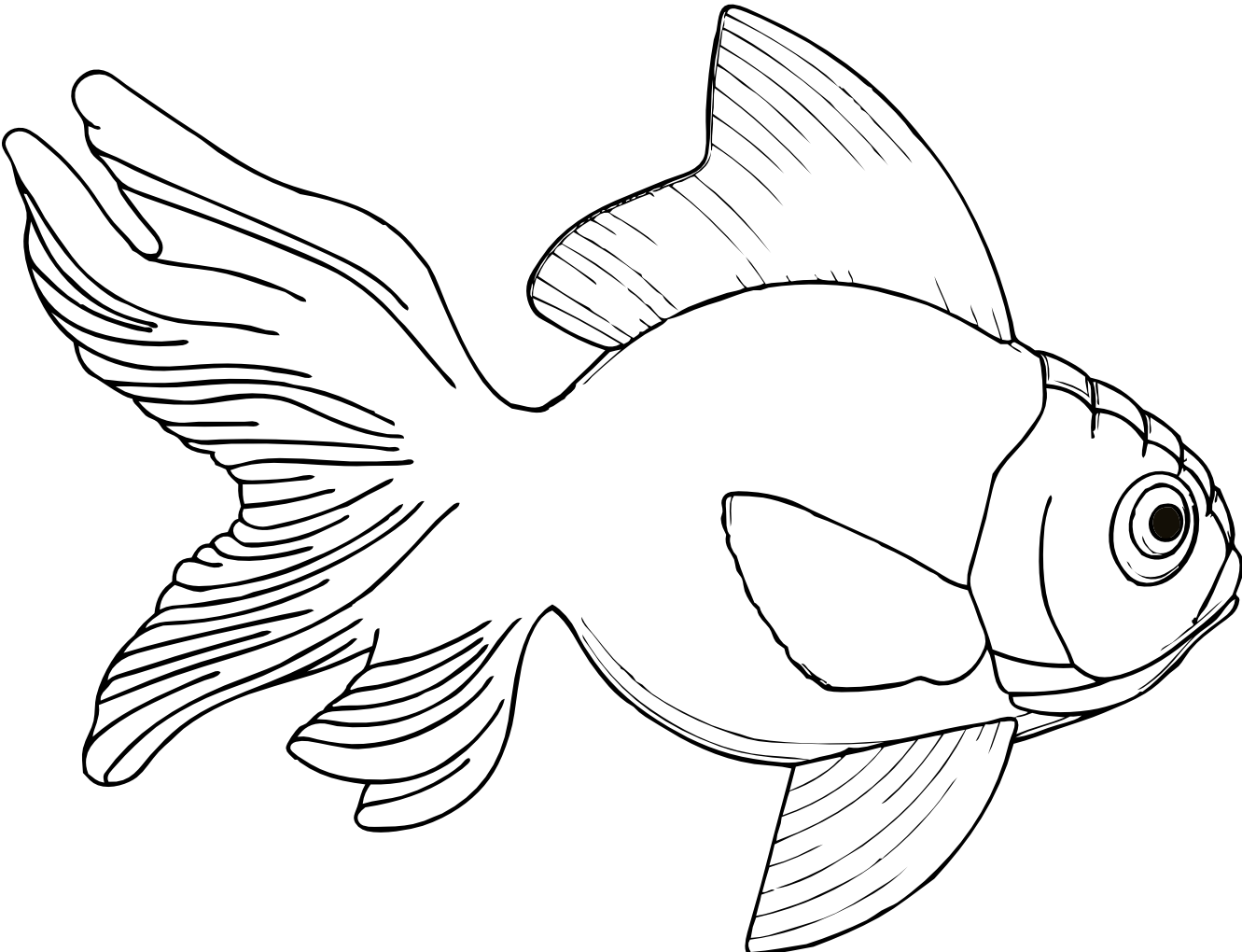
I always start my drawing projects using softer pencil marks for sketching and then I outline them with marker or colored pencil to add detail and color. Try my favorite markers for drawing and coloring. I also recommend grabbing fine-tipped markets for the finishing touches. To begin your fish, you will need paper and pencil. Materials Needed to Create an Easy Fish Drawing Realistic fish come with lots of scales, so be prepared to draw plenty, but don’t forget to have fun. Become a master at drawing a fish by following the simple steps below. This fish drawing tutorial is easy for beginners and kids to complete and is super fun. You can color the fish if you want, but it looks better without any.As an Amazon Associate, I earn from qualifying purchases.See that the scales are not in detail, but scarcely done. Draw small, bumpy lines on the body and head to indicate scales.Add more detail to the image with thin, closely spaced, lines on the fins as illustrated in Figure 9.4.Then add the dorsal fins, pelvic fin, and the spiny rays to the sides, and add some little detail by drawing lines near the neck. The next step is to add an eye, by drawing a small circle with a black dot in the center, on the head.The lines below the head are to indicate the gills and pectoral fin. The lines are meant to show the folds of the flesh/skin inside the mouth. Draw thin lines in and around the mouth as shown in Figure 9.2. The second step is to add detail to create a realistic impression of the bass’s head and mouth.Notice that the mouth of the fish is open and almost one inch wide on paper. So begin by drawing the outline of the fish, as shown in Figure 9.1.
#Fish drawing full
The black bass has a full mouth, which should be prominent when you draw it.
#Fish drawing how to
Here, we will learn how to draw a large-mouth bass fish, which is commonly found in North America. The bass is often the type of fish that people usually catch for sport or food.

Draw a line below the eye and above the curved line (mouth) and erase the tip of the fish’s head to show the mouth open.

Then add a smaller inner circle and darken it to complete the eye. Start with an inclining ‘dash’ with a small circle on top of it. A cross line near the tail is to highlight the movement of the tail. The double lines on the head indicate a small opening for the mouth, while the curve below the mouth indicates the gills.


 0 kommentar(er)
0 kommentar(er)
